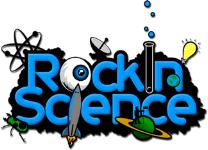
A classic movie was once promoted with the punchline: “In space, no one can hear you scream.” Physicists Zhuoran Geng and Ilari Maasilta from the Nanoscience Center at the University of Jyväskylä, Finland, have demonstrated, on the contrary, that in certain situations sound can be transmitted strongly across a vacuum region!
In a recent publication they show that in some cases a sound wave can jump or “tunnel” fully across a vacuum gap between two solids if the materials in question are piezoelectric. In such materials, vibrations (sound waves) produce an electrical response, as well, and since an electric field can exist in vacuum, it can transmit the sound waves across...
Read More









Recent Comments